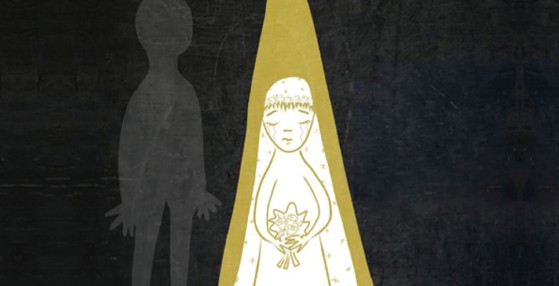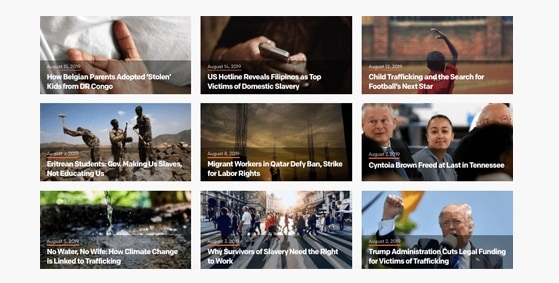This section sets out the definition of terms that we use in conveying modern slavery issues and the reasons for which we have chosen to use these terms.
Modern slavery
Modern slavery is when one person possesses or controls another person in such a way as to significantly deprive that person of their individual liberty, with the intention of exploiting that person through their use, profit, transfer or disposal. We use this as an umbrella term under which contemporary and emerging forms of slavery can apply, and to differentiate from traditional and historic forms of slavery, such as the transatlantic slave trade. Furthermore, we believe the term modern slavery has the power to mobilize the public to take action by communicating the severity of the worst kinds of exploitation.
Bonded labor / debt bondage
A situation where a person is forced to give themselves and their family as collateral against a debt and thus comes under the complete control of the moneylender. It often becomes impossible to pay off the debt, which is concurrently passed down, enslaving following generations.
Child labor
Work that deprives children of their childhood, their potential and their dignity, and that is harmful to their physical and mental development. Important to note that child labor doesn’t equate to forced child labor.
Forced child labor
Any work or services which a person under 18 years old are forced to do against their will under the threat of punishment.
Child sexual exploitation
Forcing or manipulating a child into having sex or performing a sexual act.
Child trafficking
The illegal movement of children into a situation of exploitation, typically for the purposes of forced labor or sexual exploitation. The recruitment, transportation, transfer, harboring or receipt of a child for the purpose of exploitation shall be considered ‘trafficking in persons’ even if this does not involve any of the means (threat or use of force or other forms of coercion, of abduction, of fraud, of deception, of the abuse of power or of a position of vulnerability or of the giving or receiving of payments or benefits to achieve the consent of a person having control over another person, for the purpose of exploitation).
Descent-based slavery
Describes a situation where people are born into slavery because their ancestors were captured into slavery and their families have ‘belonged’ to the slave-owning families ever since. Slave status is passed down the maternal line.
Domestic servitude
The exploitation and control of domestic workers in a private home, often through forced labour, bonded labour or trafficking.
Forced labor
Any work or services which people are forced to do against their will under the threat of punishment.
Human trafficking
When adults or children are recruited or brought into a situation of exploitation through the use of violence or deception. People do not have to be transported to a different place for trafficking to occur. Not to be confused with people smuggling which always involves an illegal border crossing. While victims of people trafficking are regarded as commodities, individuals who are smuggled across borders are more like clients who pay for the service.
Trafficking for sexual exploitation
When men, women or children are brought into a situation of sexual exploitation through the use of violence, deception or coercion.






-
Follow us on Facebook
5.6M
-
Follow us on Twitter
32K
-
Follow us on Instagram
8K
-
Subscribe to our Youtube
5.7K
Donate